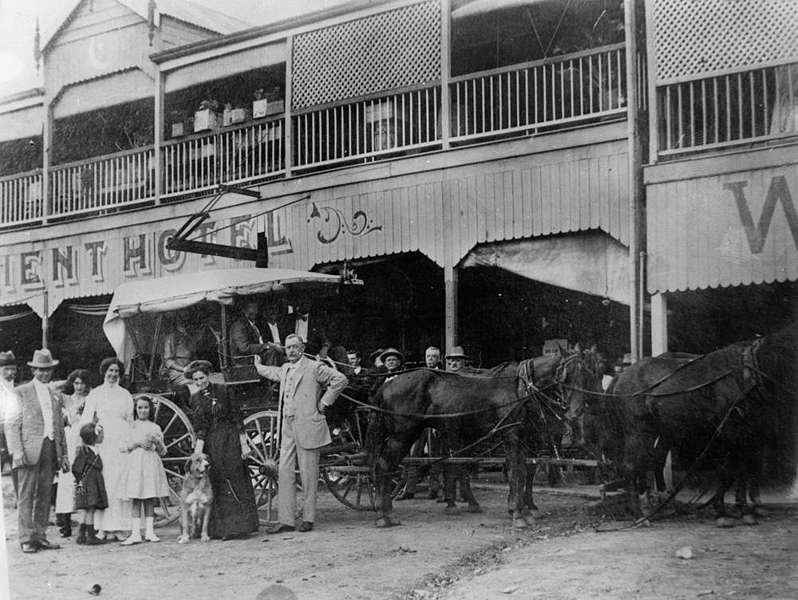Irvinebank, Atherton Tablelands
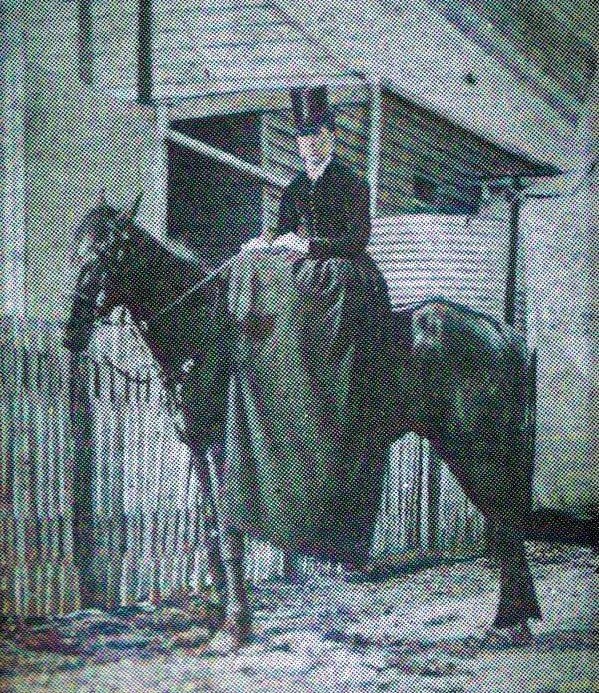
Waler Data Base @ Facebook. Image: Photo supplied by Craig Marsterson of his great great grandmother at Irvinebank, 1891.
The fabulous photo used as a feature for this article was posted in comments recently by Craig, under the photo of a team of 12 matched horses at Irvinebank which appears below.
It’s his great great grandmother, Mary Anne Busbridge, photo taken in 1891. Her husband, Edward Busbridge, was a brick maker in Irvinebank (dec 1930). Both are buried there. After his wife’s death in 1898 Edward moved the family into town (photo below from historicalaustraliantowns.blogspot.com) and built Mango Cottage, which is still there today (photo below supplied by Craig).
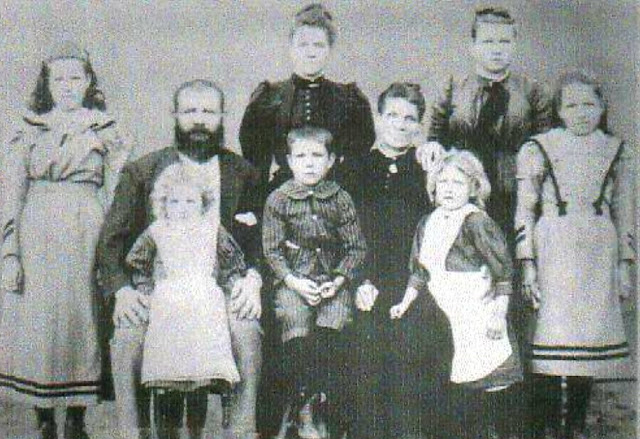
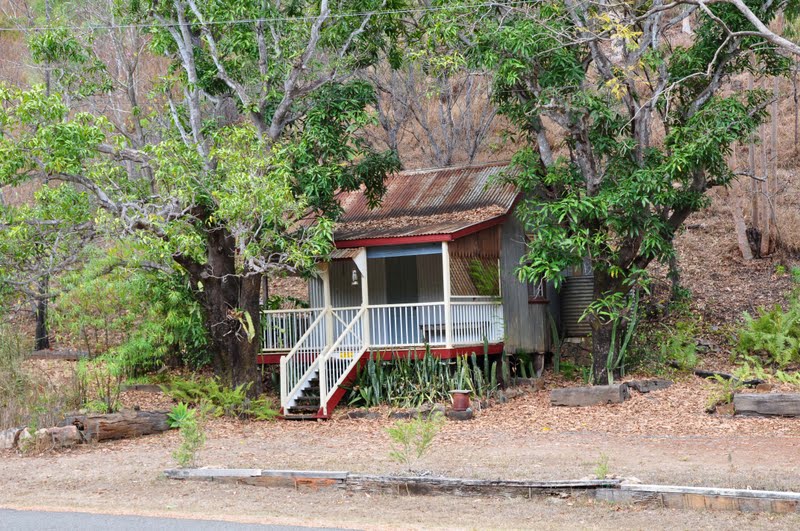
Irvinebank – in the beautiful Atherton Tablelands, 80k sou-west of Cairns – started out as a mining camp in 1882. It prospered and Irvinebank dam was put in – replaced with Jumna Dam in the 1970’s (thank to Peter’s info in FB comments) – very picturesque and yes, fish – and a little town sprang up.
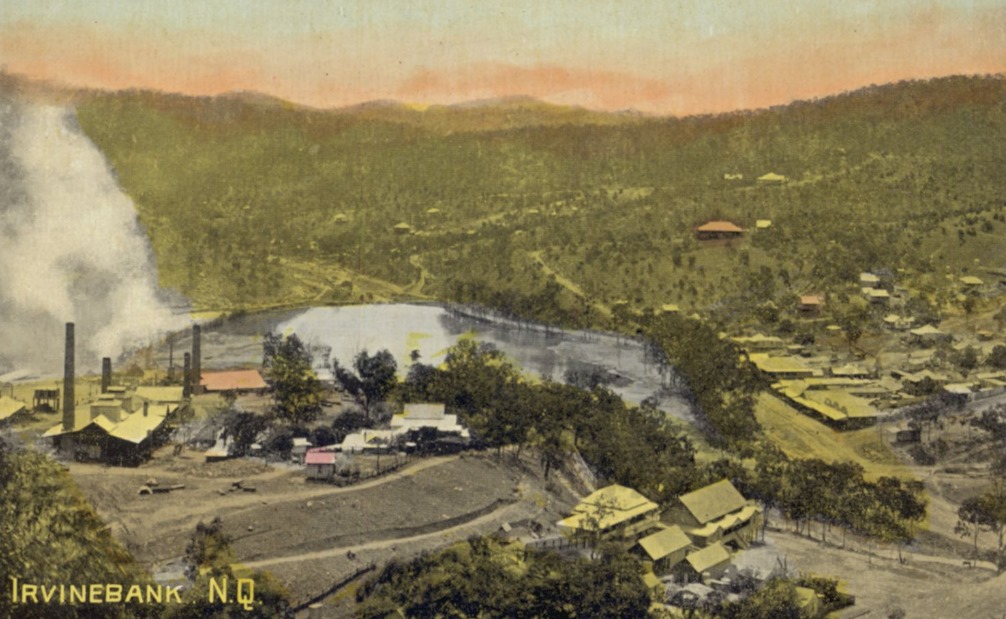
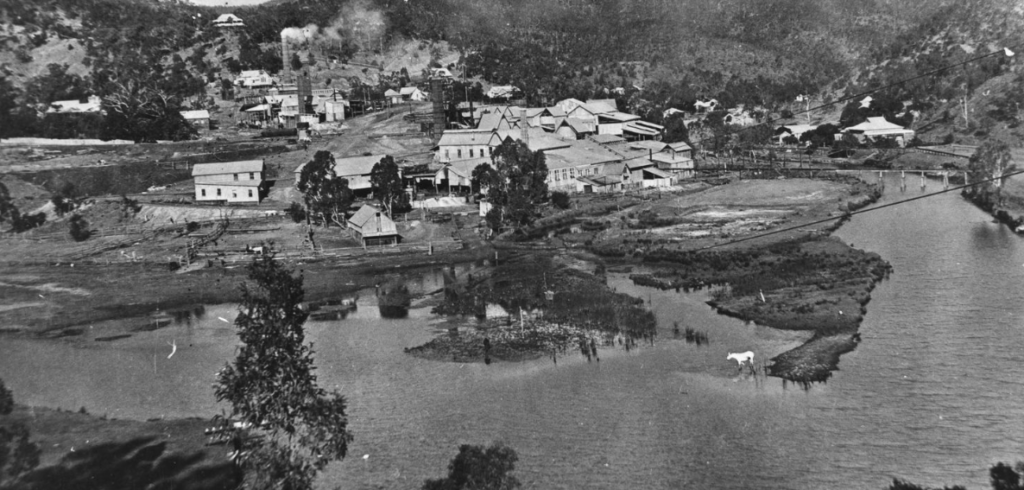
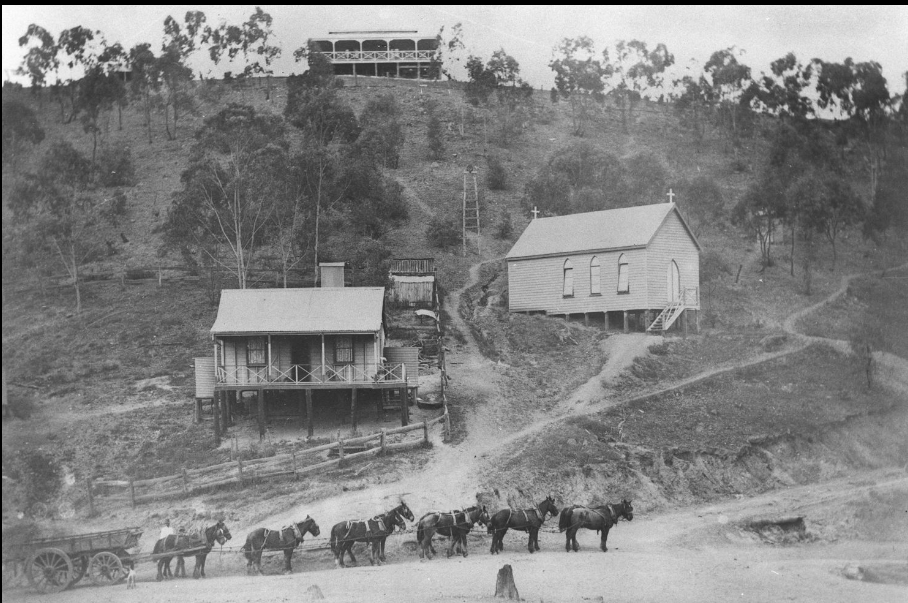
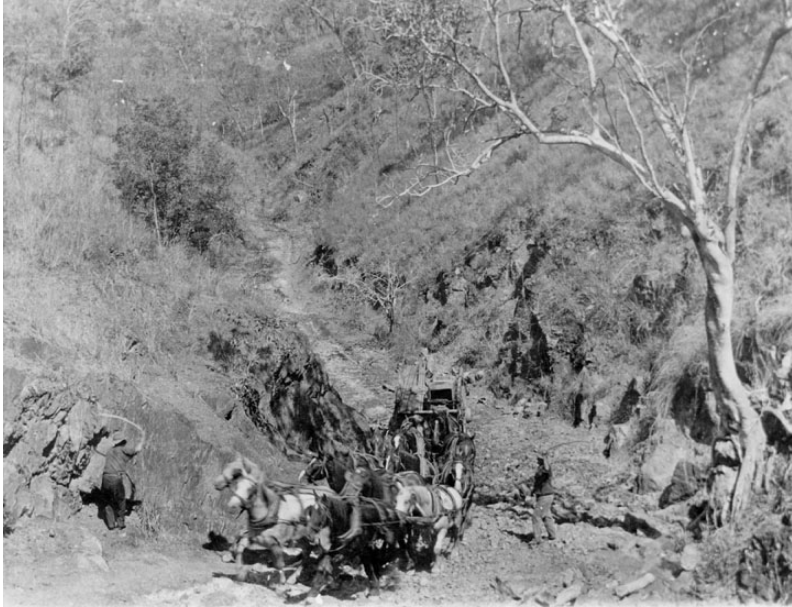
Images: ‘View of houses, church and horse team on the road behind the Irvinebank tin mill, ca. 1906. Inscription on back of photograph reads: Road at the back of, and leading to, Irvinebank works.’ State Library Qld; Irvinebank Mining Company’s horse drawn wagon, Montalbion. (The old township of Montalbion is located in the vicinity of Herberton.) 1914.’ Queensland State Archives.
There was a footy and cricket team and a really great community, lots of big community picnics with everyone beautifully dressed, in large well laid out gardens.
Miners throughout Queensland were allowed to run their horses on public grounds, or more usually, big runs leased out to pastoralists that ran by mining sites; many people set up their own diggings, while others worked for mining companies.
Now a picturesque village, now longer a mining town – some of the grand old buildings and cottages are perfectly intact (excellent bricks!) – others such as the mining buildings quaintly weathered, others happily lived in – looks absolutely charming on internet images.
In archives are over 200 historical photos of the town. They had very good horses and ponies, as there were scary steep inclines – a lot of weight bringing machinery in, and again taking smelted tin out, while the mine ran, as well as carting goods in for the poplace. No doubt the Busbridges had some darned good horses to cart bricks, this looks a great hack and Mrs Busbridge looks perfectly at home, and very stylish, on it. Brick kilns needed coke and that was more work for horses, as well as clay collection and delivery of bricks.
A steam tramway helped with transportation after a while. By 1902 a good road ran out to within 10 miles of the railway. The name was given by the founder, John Moffat, after the Irvine River in Ayrshire, his birthplace. He discovered the tin there and did a top job of setting the place up to welcome families, rather than simply a men’s mining camp. He bought ore from private miners for his smelter, paying them well, rather than turning them away and only using his own company’s ore. Many other mines were running in the greater area, with the Walsh River providing water for the many camps and villages.
John Moffats house in Irvinebank is believed to be the oldest Queenslander style house surviving, and is now a museum. He had a good decent attitude to first people and several Aboriginal families also lived there, the men mining, often privately. Moffat also employed them to work with his mine horses, and to grow maize for the horses on his property at Port Douglas (ref. Journal of Australasian Mining History, Vol. 17, October 2019).
Thank you Craig, always a joy to see photos from private collections, that we would never normally see.
